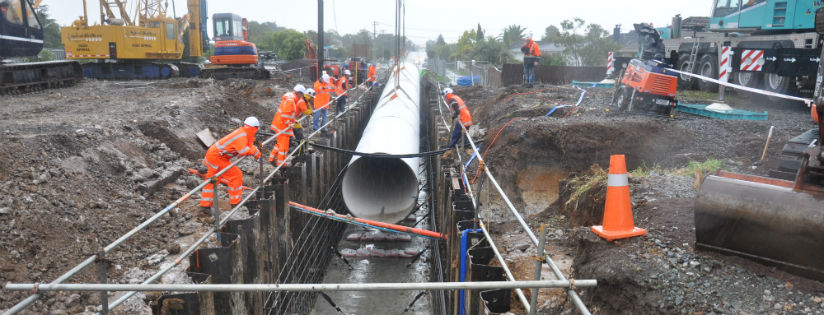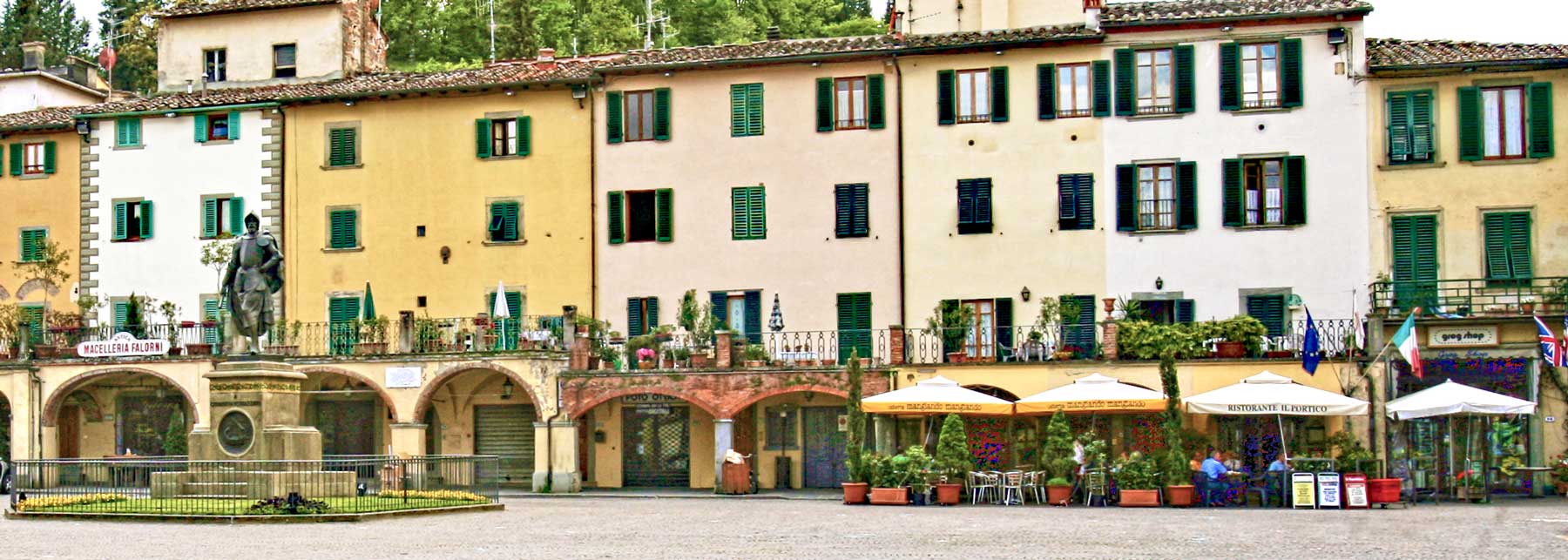
MarketTowns.NZ
In the last century, the Transport Revolution changed how and where people live. In this century, the Digital Revolution is changing it again. Road and rail is being replaced by fibre and wireless. While technology changes, established institutions, public and private sector lag behind.
Consider this 5 April 2024, RNZ headline “$1 trillion to bring NZ infrastructure up to standard” explaining “Public transport is integral to a nation’s infrastructure.” Wrong. This presumes NZ needs an infrastructure to move people to destinations far enough apart they need transport. That is a 20th century concept that is now obsolete for the vast majority of urban dwellers. Move destinations not people.
As soon as the basic assumption is changed – move destinations not people, $1 trillion can build 500 MarketTowns for 5 million occupants; paid by its inhabitants in their mortgages, not by government taxing the people. Use the power of permission, not more taxation.
If we are serious about the future, stop building transport-based developments
Why do we keep doing the same thing over and over when it is clearly not working? We do so because there is some form of gain in doing so. If we want to change to make civilisation work, we must place public interest over private agendas. But to do that, first understand what will work.
What is a MarketTown?
For 1,000 years, market towns were self-contained, self-supporting local economies that only died out with the rise of the Industrial Revolution as townsfolk moved to the gritty cities. The Industrial Revolution gave way to the Transport Revolution. People moved to the suburbs. Now the Technology Revolution is coming full circle as the time for Market Towns has come again: human-scaled communities.
A 21ˢᵗ Century MarketTown:
- Fibre-based not transport-based local economy
- 200 hectare site with 85 hectare urban core
- 10,000 people creates economic critical mass
- For all ages, stages, walks of life
- 20 side-by-side villages around a town centre
- No cars within, no in/outbound commuters
- 4,000 medium-density, attached townhouses
- Target $500,000 median, $200,000 lowest
- 20% parallel market affordable housing
- No infrastructure costs to host council
- No inbound/outbound pipes, all local waters
- No commuters, all work destinations are local
- Buildings manufactured in an onsite factory
- 3 years from start to finish
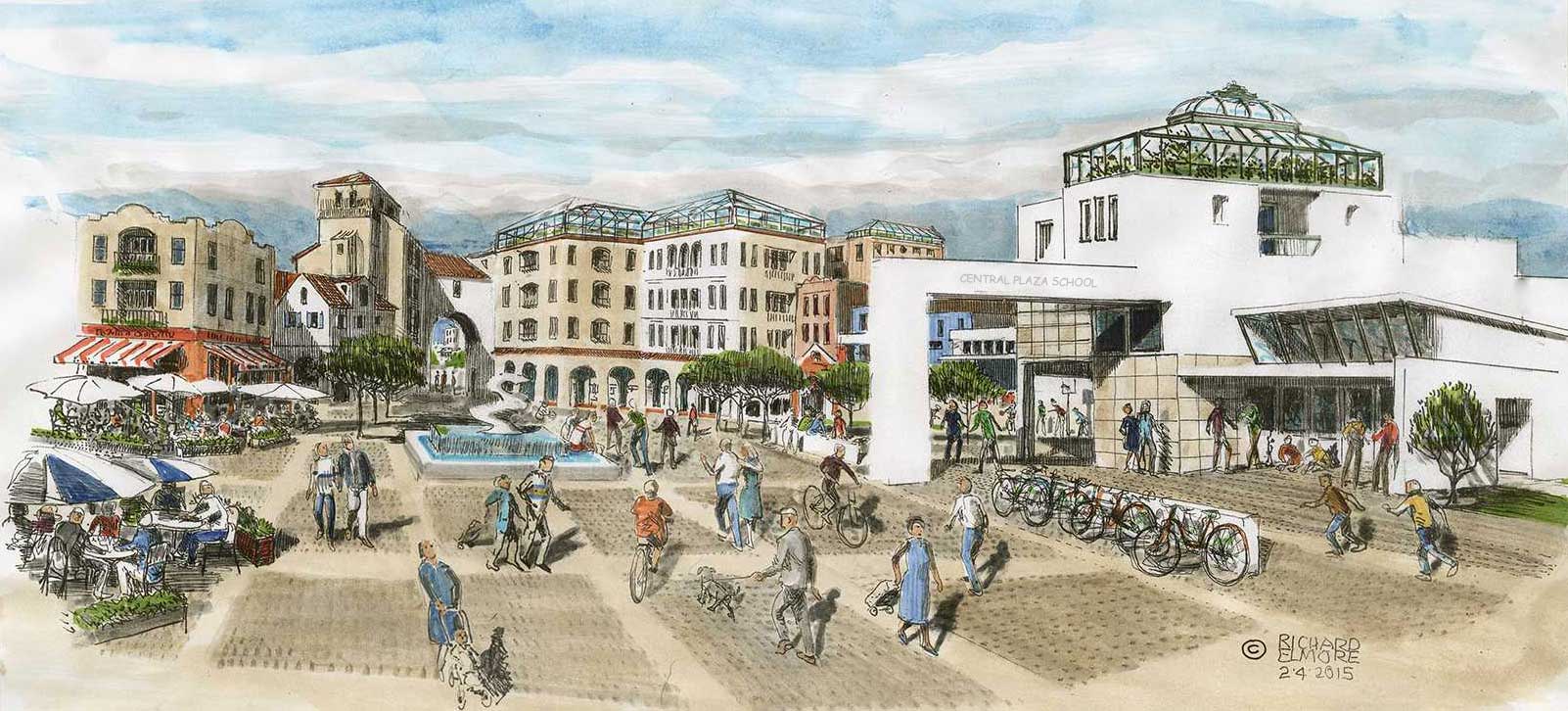
The answer to our present challenges can be found in a pre-industrial development model called the Market Town. Car free, carbon neutral, zero waste, socially supportive, culturally vibrant and affordable by everyone – a complete, not elite community that thrived for a thousand years until city planners and everyone associated with building communities lost the plot.
A Good Life: To quote Victor Papanek, in former times, planners understood that people built communities not for justice, peace, defence or traffic, but to enjoy what Aristotle called a good life: the social pursuits of conviviality, citizenship, and artistic, intellectual & spiritual growth. Commerce is the foundation of a good life, not an end it itself. We often forget this.
Mass Transport Obsolete: With advent of fibre-based civilisation, Industrial Revolution era transport-based design is obsolete and potentially planet-threatening. Do not reinvent the wheel, reinvent the foot. Look to timeless patterns right for the digital age: the MarketTown.
Human-scaled: The more we digitise, the more we need to humanise. The digital revolution isolates us, just as cars isolated us last century. Humans are social animals. We need the social connections that come from walking in town, greeting others on the street, enjoying their company in cafes and on village plazas. While technology changes how we work, the fact is human nature changes much slower. We are not made to stare at screens all day, we are social beings and we need the kind of social contact that comes from proximity, familiarity and culture.
There are multiple facets to MarketTowns that make a big difference in people’s lives. Click on each below to learn more.
POSITIVE IMPACT
Climate Change
Eliminate the need for mass transport: move destinations not people.
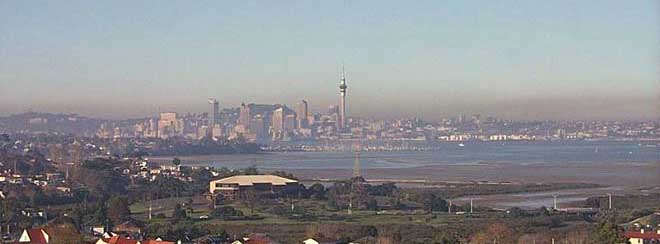
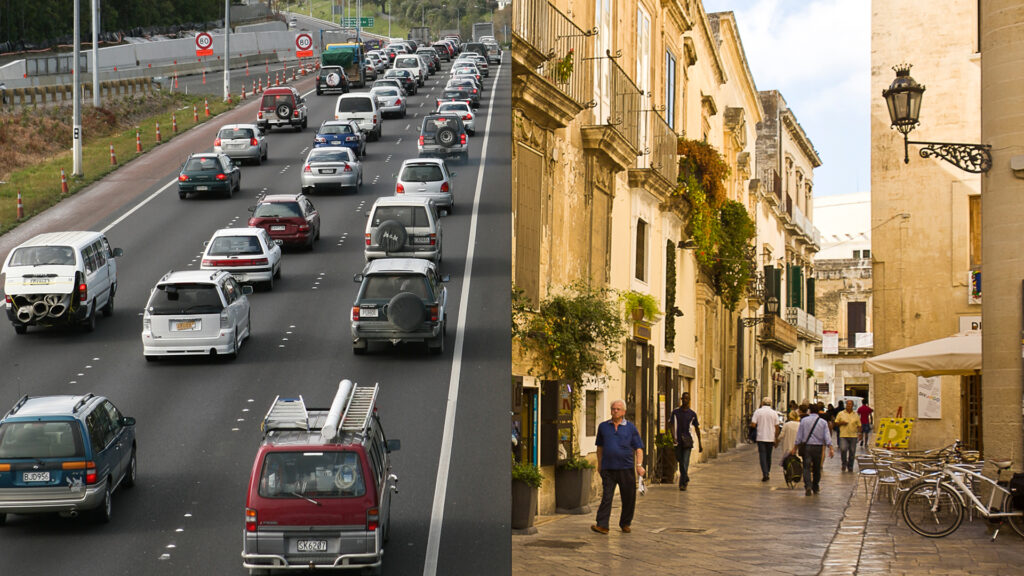
Take 8000 cars off the road
To quote Christopher Alexander, cars turn towns into mincemeat. Ignoring for the moment the planetary impact of moving people by machines, humans are designed to walk, to encounter people on the streets and in the plazas, to stop and talk. Technology has moved far faster than biology; the more we digitise, the more we need to humanise.
The Layout of a MarketTown
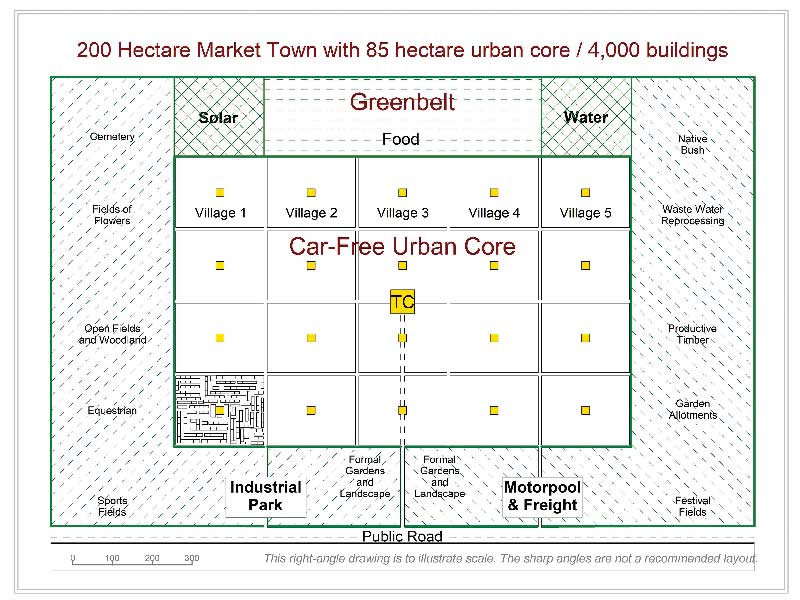
- 200 hectares of greenfield land
- 85 hectare urban core surrounded by
- 115 hectare greenbelt to prevent cross-boundary conflicts and provide open space.
- Urban core divided into 20 villages and a
- Cosmopolitan town centre

Local Utilities
It makes no sense to spend millions of dollars installing buried water/wastewater and storm water pipes for 4,000 new homes. Instead harvest the rainwater, purify it and store it in the greenbelt surrounding the urban core. Install advanced reprocessing plants that turn wastewater into a surplus resource – biofuel and fertiliser. Design systems so pipes go only to the greenbelt. None of this is new technology.
Solar Array
4 hectares of greenbelt with solar panels and container-sized vanadium batteries will provide all the power the town will need. At a cost of about $20 million, amortised over 20 years, it means fixed power bills of about $100 per month.
MONEY
No Costs to Council
Permanent Affordable Housing
None of this is new, it’s only new to New Zealand.
The 80/20 Fibre-based Local Economy
In the fibre economy, 20% of the workforce is local-to-global (L2G), importing the money that circulates 5-20X in the local to local (L2L) economy, supporting about 250 local job types. The L2L economy eliminates the need for transport, provided there is a critical mass of population – about 10,000 residents.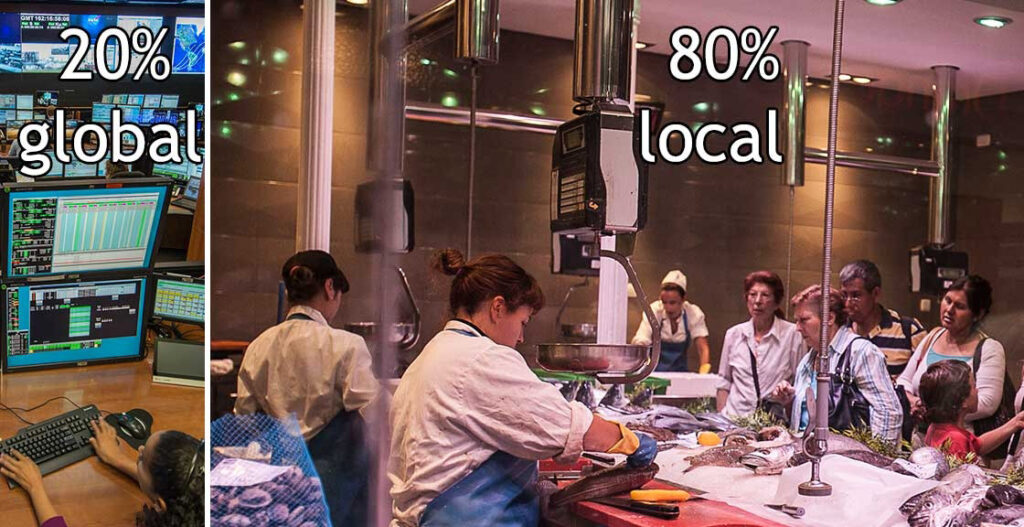
PEOPLE
All ages, stages and walks of life
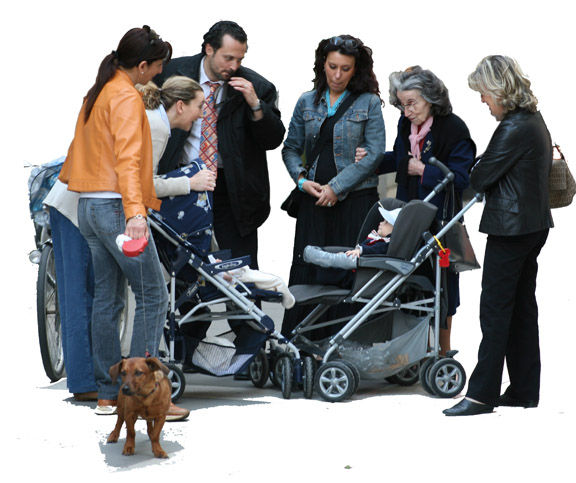
When you remove cars from the streets, those who do not drive… children, elders, infirm are no longer second-class citizens in society. When you include parallel market housing, those on low and fixed incomes are not pushed out by gentrification.
Socially and Culturally Enriched
Warm and dry housing is a very low bar set by the government in facing an affordable housing crisis. Thriving, vibrant communities are a whole lot more. They don’t cost more, they just need to include the social infrastructure.

Part of this involves supporting what is called the creative class, the artists, musicians, performers, designers and others who enrich the cultural fabric of society.
A Place to grow, Opportunity for Youth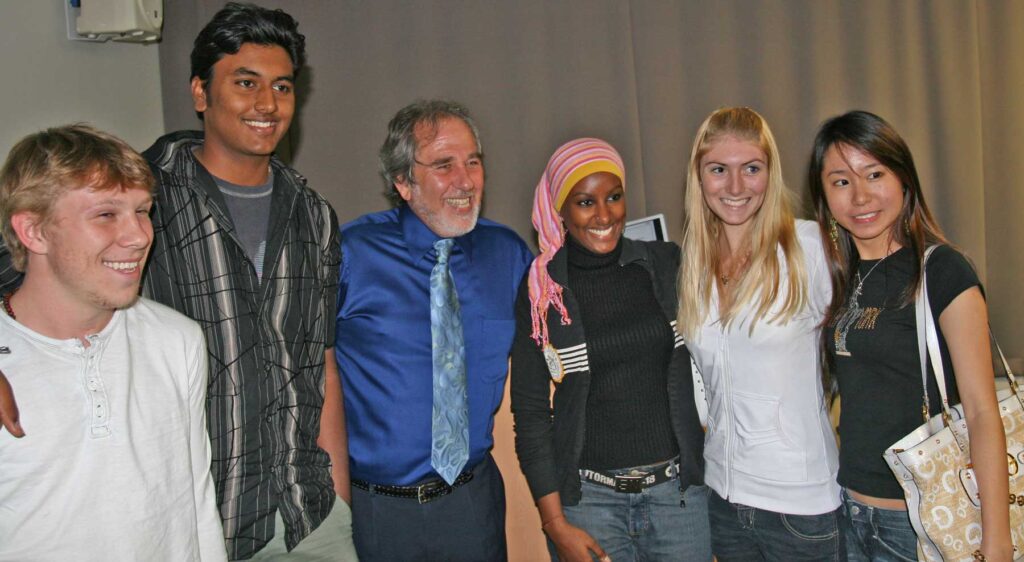
Car-free streets in villages are safe for free-range children, with a thousand eyes watching out for them. The classrooms are on the village plazas, given them adult role models to emulate. After-school jobs give them a transition into adulthood, and parallel market youth housing enables them to joint the home-ownership ladder.
Old People Everywhere
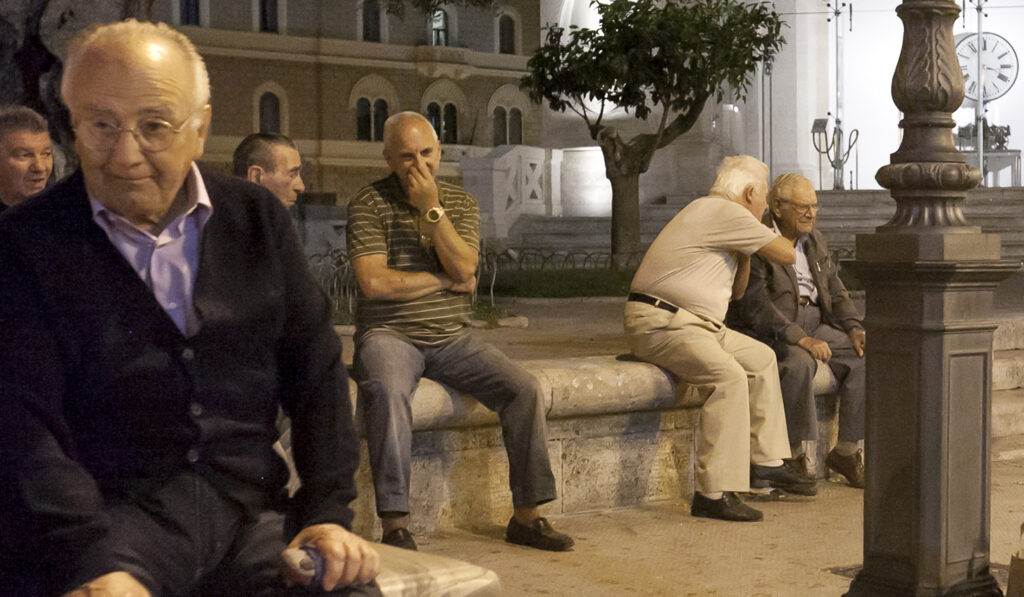
In a MarketTown losing your license to drive is a non-event. When it is time to simplify, elder housing is provided on the ground floor, within 50 metres from the village plazas. Retirement does not mean segregation in retirement homes where everyone is old, cutting off the crucial role old people play in passing on the culture
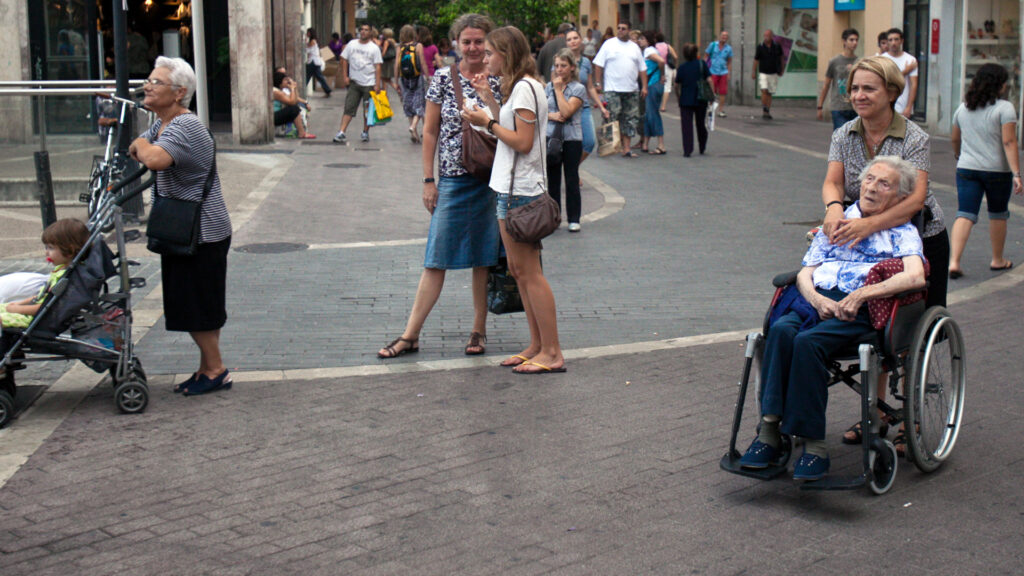
Small-scaled nursing facilities are on each village plaza, so those who become wheelchair or bed-bound do not suffer the depression when removed from their community and their familiar haunts.
